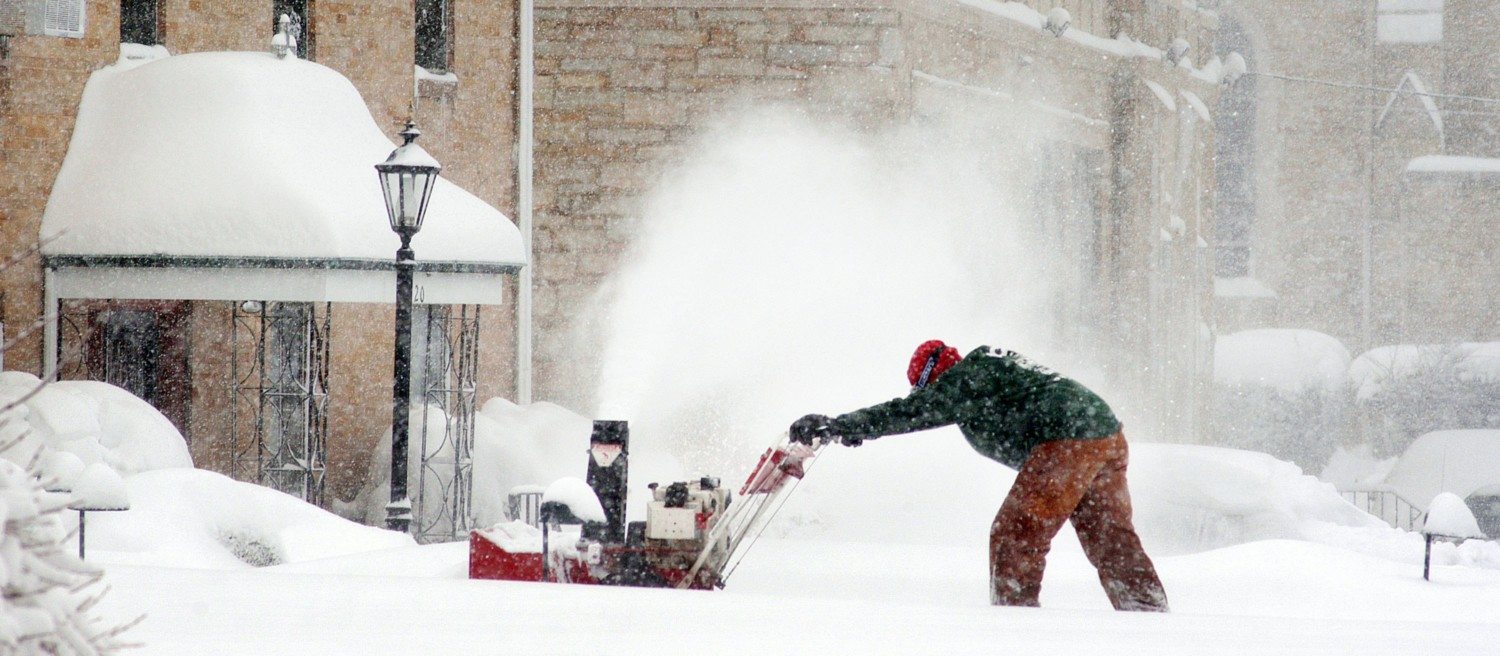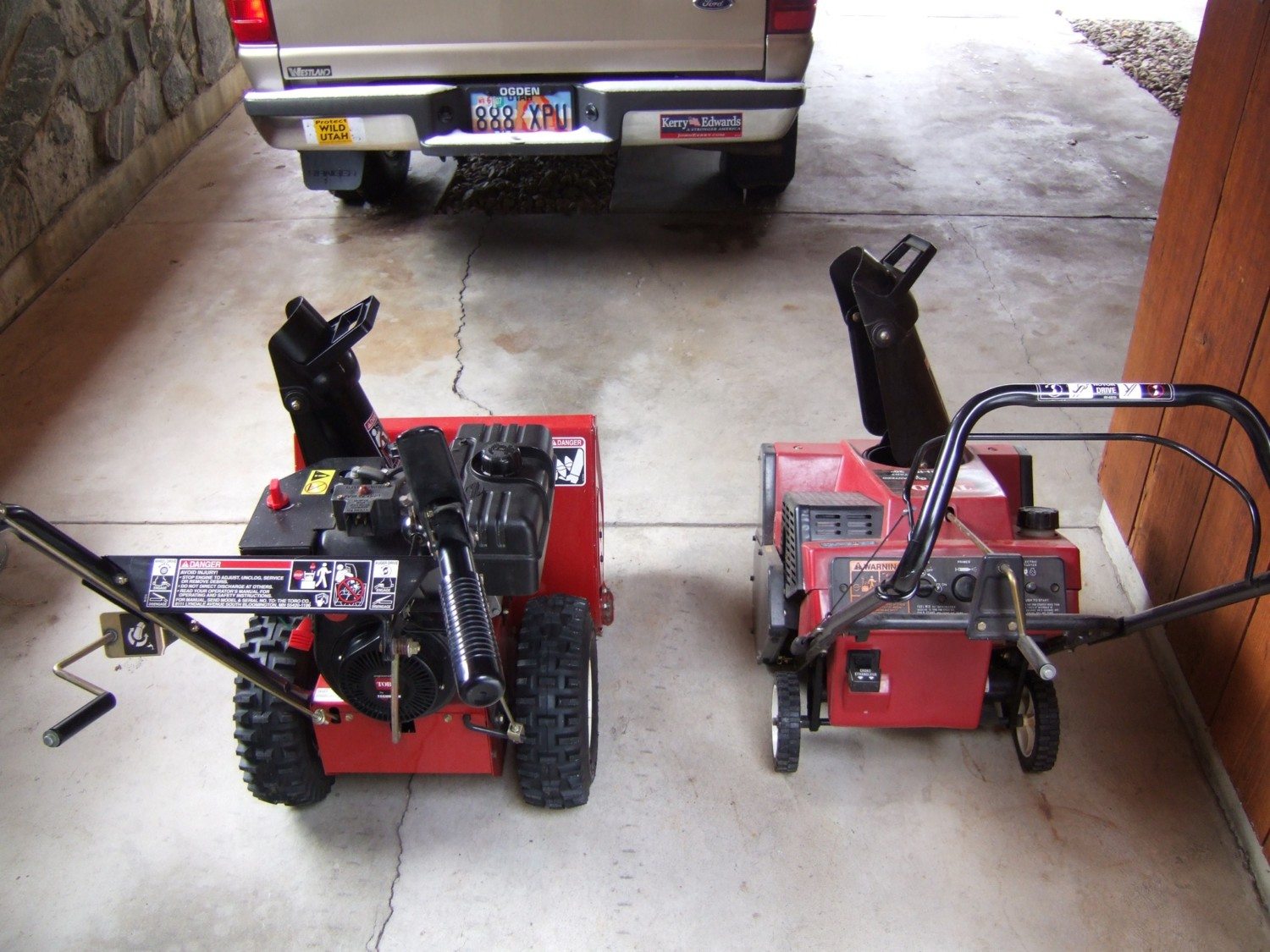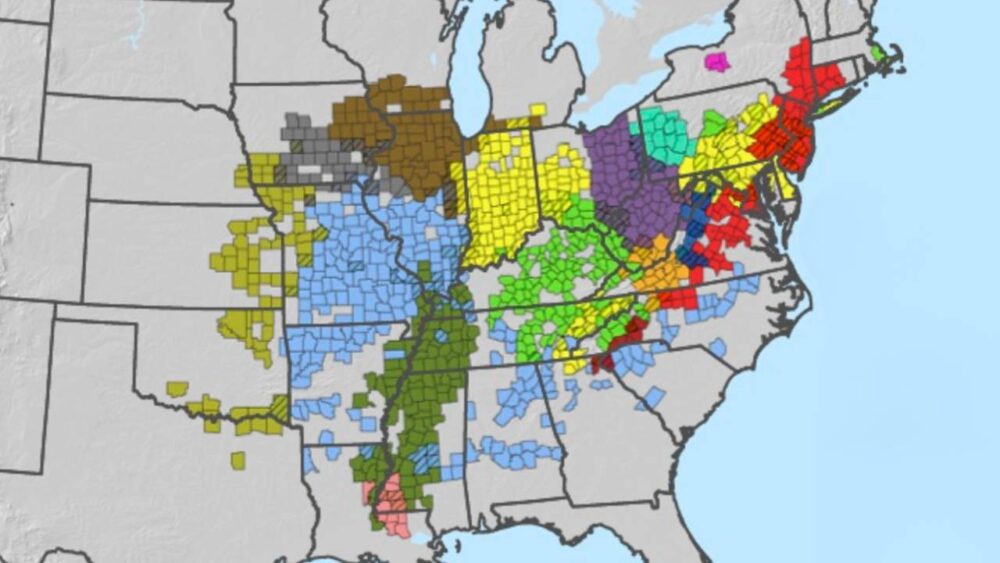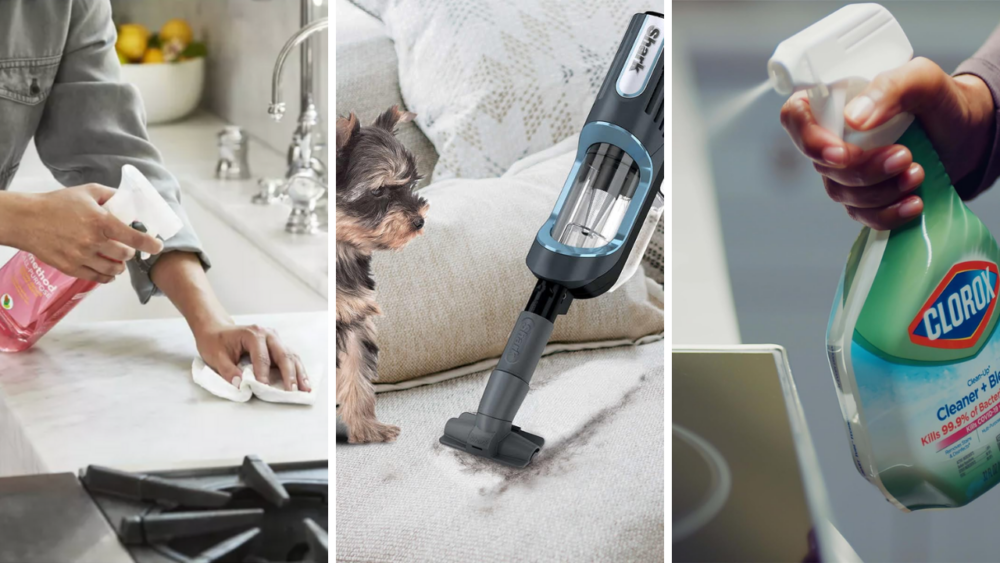Here’s How To Properly Store Your Snowblower Once Winter Ends
Spring is technically here, and while that usually means we’re in the clear and don’t have to worry about a large snowfall, Mother Nature isn’t very fond of predictability. That being said, it’s probably safe to put away your snowblower, but you might want to leave out that shovel.
To make sure your snowblower is ready and in tip-top shape for next winter, it’s important to store it correctly. Consumer Reports recently offered tips on the best storage options.
First, make sure to clean your snowblower. It does a lot of work during winter, so it’s likely dirty. Hose it down on a warm day, removing dirt and salt, both of which can lead to corrosion if left on the machine.
Second, there’s the fuel to contend with. One thing a lot of snowblower owners believe is that you should always drain the gas before storing it away. Consumer Reports, however, says it depends upon whether or not you added fuel stabilizer to the gas in the snow blower. If you did, you just need to top off the fuel before storing it away. If you didn’t—and just used gas straight from the pump—then you do want to drain the fuel.
“When ethanol mixes with condensed water inside your snowblower’s gas tank, it forms a corrosive acid that can clog a carburetor, causing starting problems,” said Peter Sawchuk, Consumer Reports’ test program leader for outdoor power equipment.
Once clean and either filled with gas or drained, tighten any loose cables, nuts and bolts. The vibration from the snowblower cleaning can lead to loosening during the winter. Inspect the engine, as well as the shear pins and skid shoes if you have a two-stage model. Just like your car, be sure to also check the tires. If you found it tough to maneuver your snowblower this winter, you could have low tire pressure.
Lastly, and maybe most importantly, be sure to write down everything you did and noticed about your snowblower. Keep track of what you didn’t do as well, so you can be sure to do things like change the oil before you use the machine again.
If you’re looking for even more detailed help, Troy-Bilt offers step-by-step instructions, depending upon whether you have a two-stage or single-stage unit.
It’s all great advice—if, of course, you have a snowblower. If you don’t, Consumer Reports has you covered there, too. Check out their Snow Blowers 101 Buying Guide.







